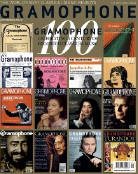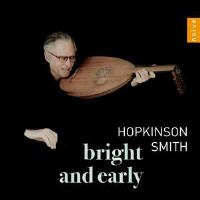Texte paru dans: / Appeared in: |
|
|
Outil de traduction |
|
|
For by tackling head-on the ‘numerous misprints, non-sequiturs in the texts, missing measures, inexplicable turns of phrase, and moments of bizarre counterpoint’ of 16th-century lutenist Francesco Spinacino’s Libro primo and Libro secondo (both published by Ottaviano Petrucci in 1507), Smith attempts to resurrect, with a mixture of musicology, speculation and sheer chutzpah, something of the shadow of an enigma. The results are exhilarating, thanks in no small part by juxtaposing Spinacino’s ruminative ricercares with the dances and vocal intabulations of the presumably more extrovert (‘more café and tavern lutenist’, writes Smith) Joan Ambrosio Dalza, whose comparatively simpler scores Smith freely elaborates ‘in a spirit that seems to grow out of his printed versions’. Playing a six-course lute with an extra octave for the third course (double-string) and the upper octave unusually on the ‘thumb side’ for all courses (horses for courses, I guess), Smith here, as always, finds depth of meaning in the simplest gesture. Spinacino’s ricercares are presented in pairs, and Nos 23 and 4 are typical for Smith’s pointing up gentle, flowing motifs on the one hand and looser, more dramatic perspectives on the other. Compare this with the closing group of three pieces by Dalza: a song, a dance and finally Tastar de corde – the latter as beautiful as it is fragmentary and eccentric. |
|




